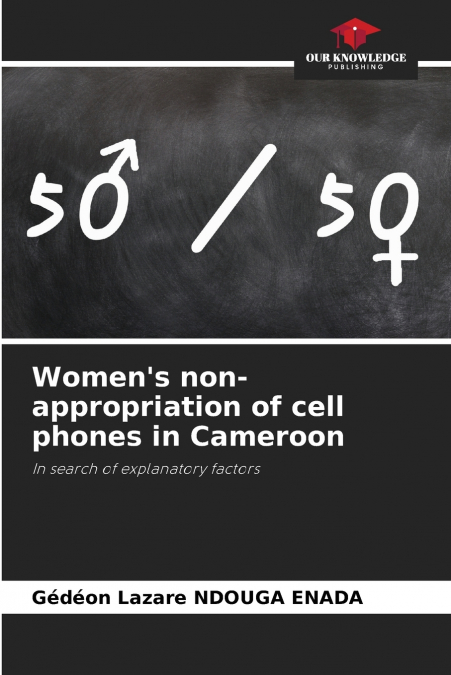
 Librería Perelló (Valencia)
Librería Perelló (Valencia)
 Librería Aciertas (Toledo)
Librería Aciertas (Toledo)
 El AlmaZen del Alquimista (Sevilla)
El AlmaZen del Alquimista (Sevilla)
 Librería Elías (Asturias)
Librería Elías (Asturias)
 Librería Kolima (Madrid)
Librería Kolima (Madrid)
 Donde los libros
Donde los libros
 Librería Proteo (Málaga)
Librería Proteo (Málaga)
Today, the cell phone is an almost universal tool. Despite its rapid expansion around the world, there are still disparities between men and women, particularly in low- and middle-income countries. Indeed, it turns out that women are 10% and 15% less likely to own a cell phone than men, in LMICs and Sub-Saharan Africa respectively (GSMA, 2019). Cameroon is no exception to this pattern, as data from the fifth Demographic and Health Survey indicates that 77.3% of men own a cell phone in Cameroon, compared with 63.6% of women (a 14% gap). In light of this finding, the present study analyzes the influence of individual and contextual factors on the non-appropriation of cell phones by women in Cameroon. To achieve this, it has used data from the EDS-V survey. These data were used to carry out bivariate analyses between dependent and independent variables, to draw up a profile of women who had not appropriated a mobile phone, and to identify the main factors influencing women’s use of mobile phones. and to identify the individual and contextual factors that explain this phenomenon.